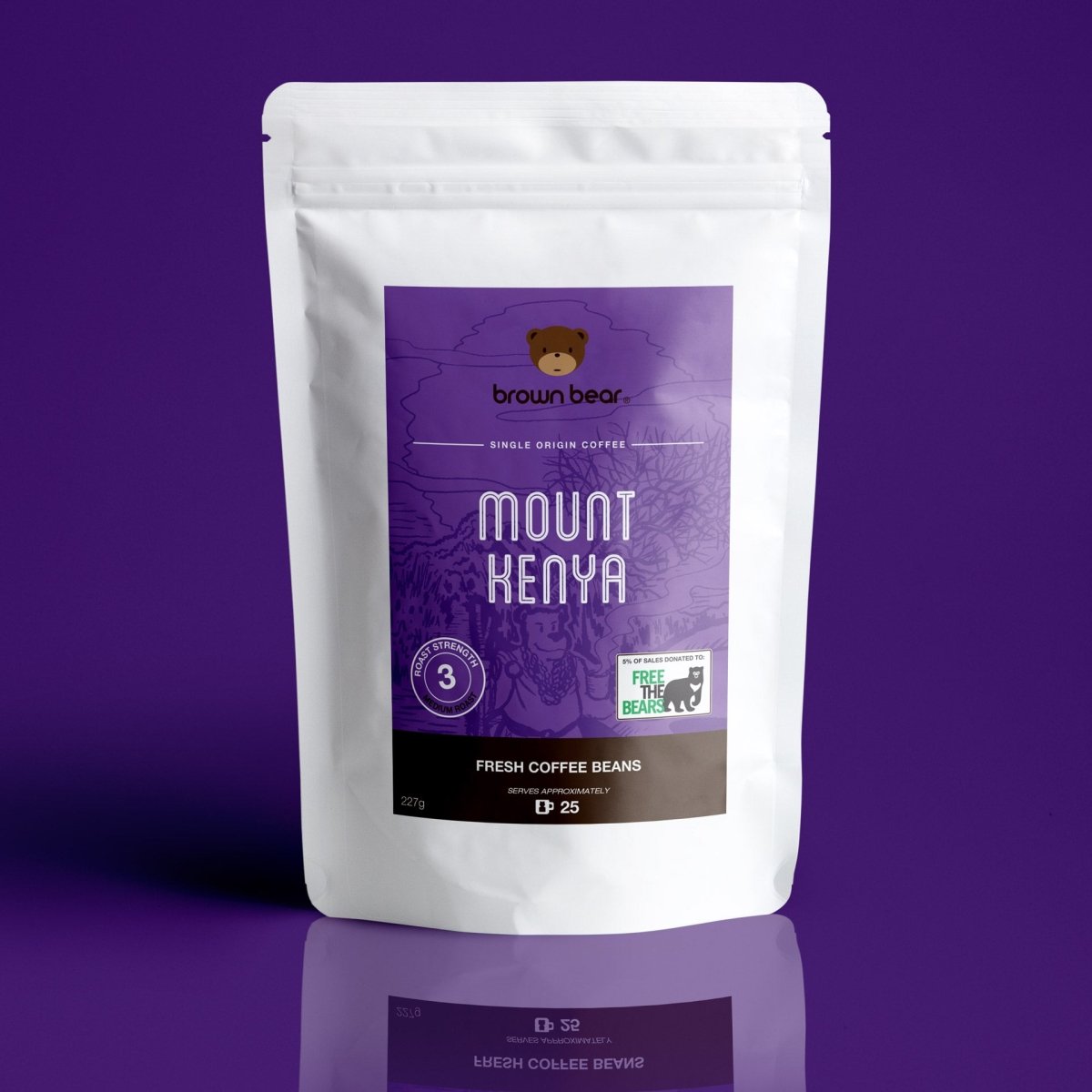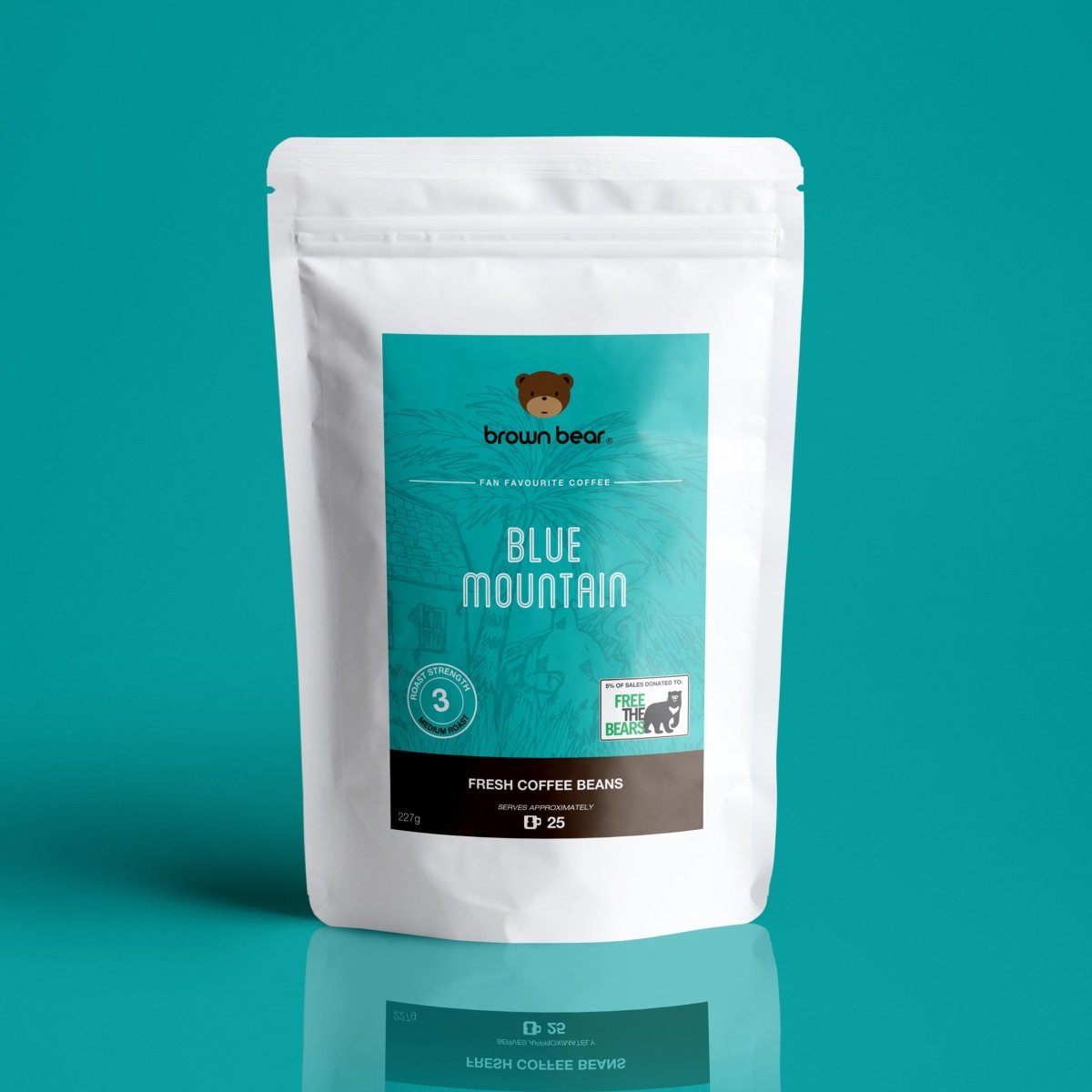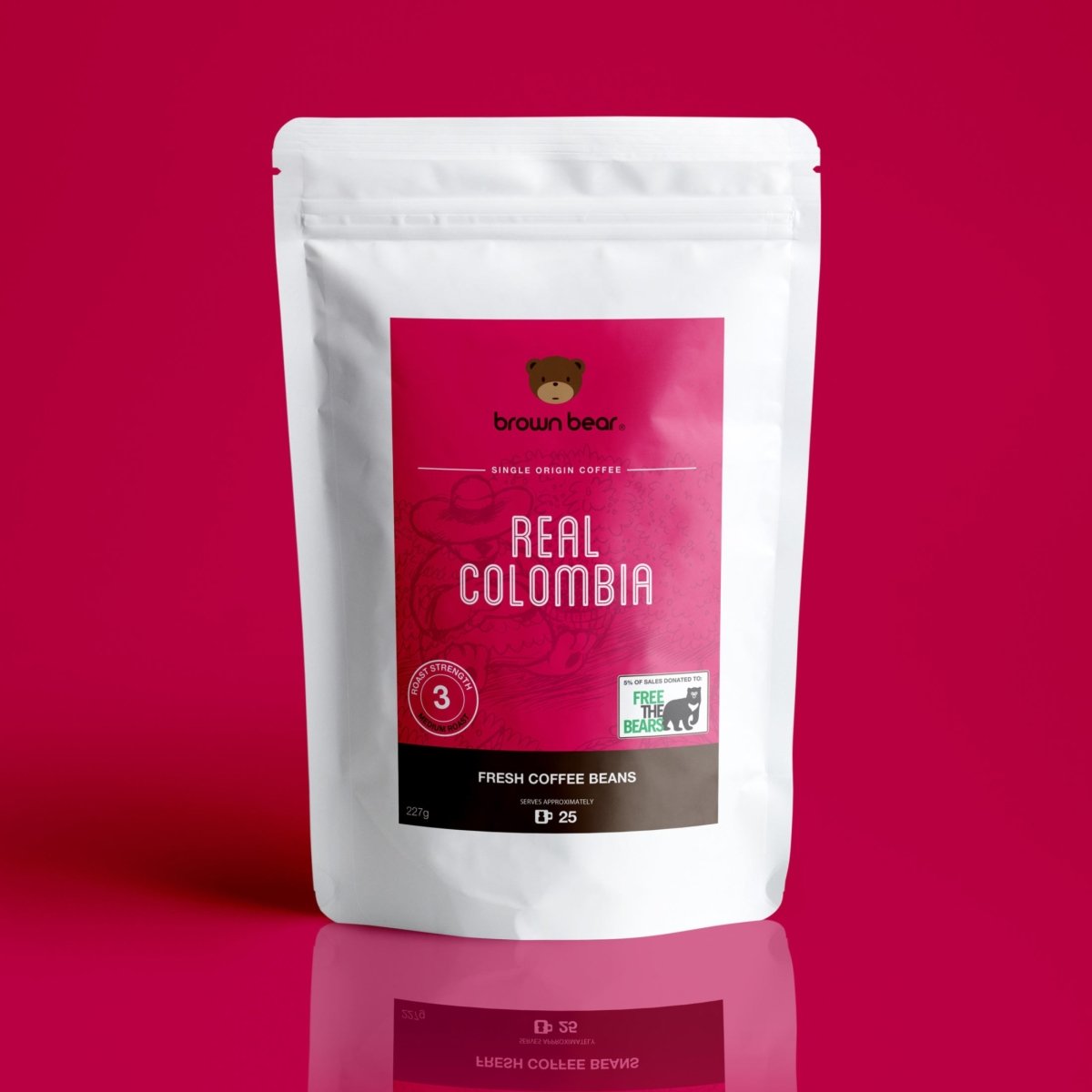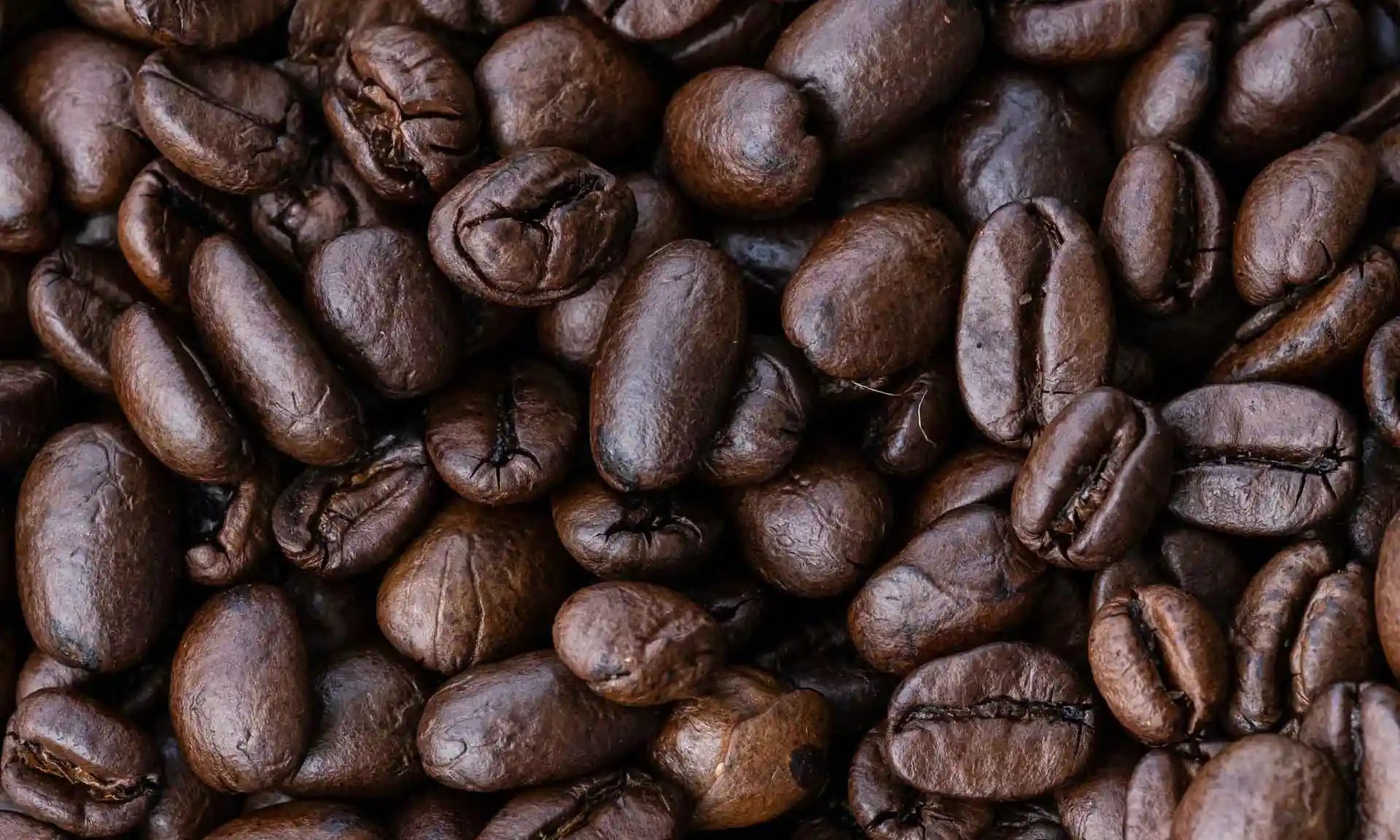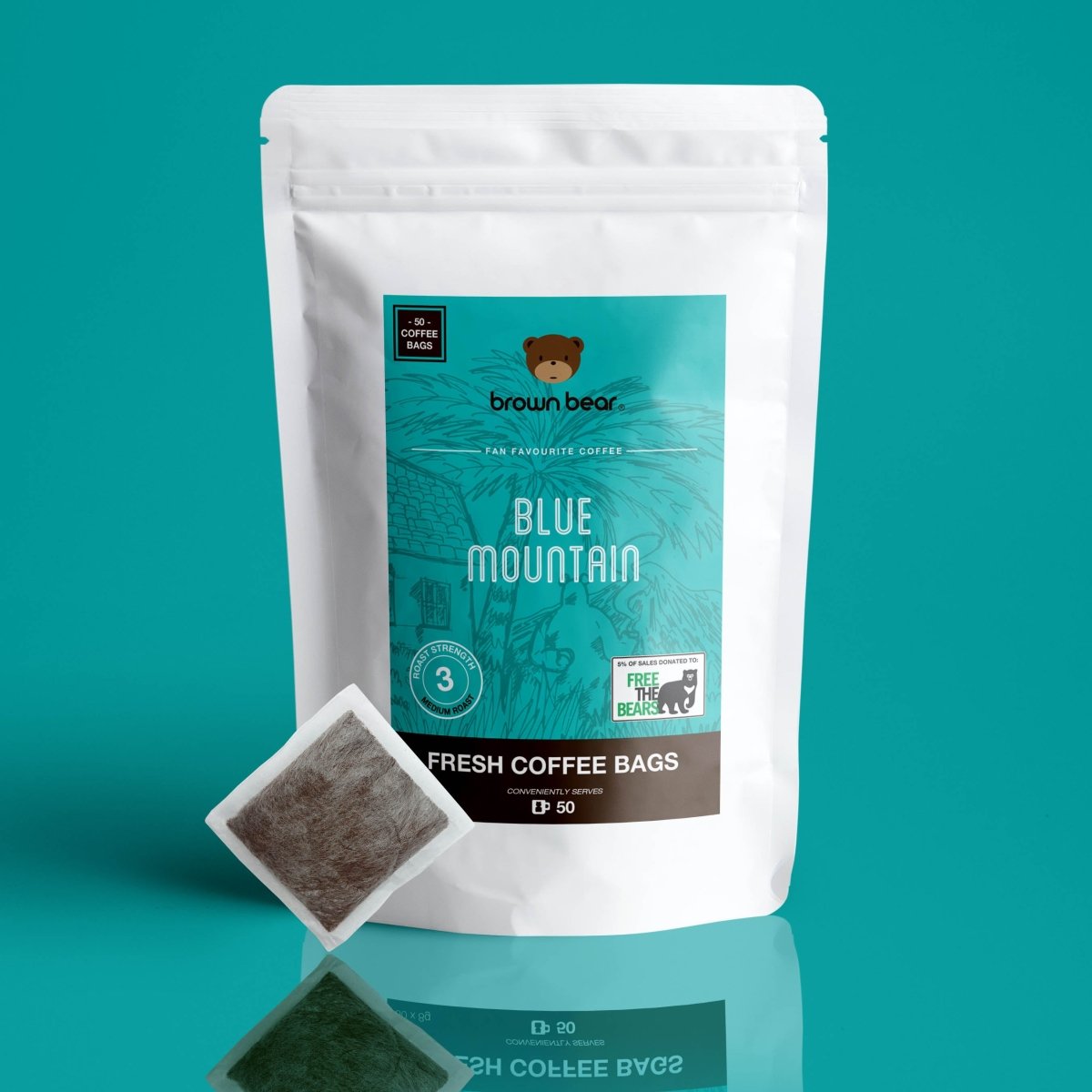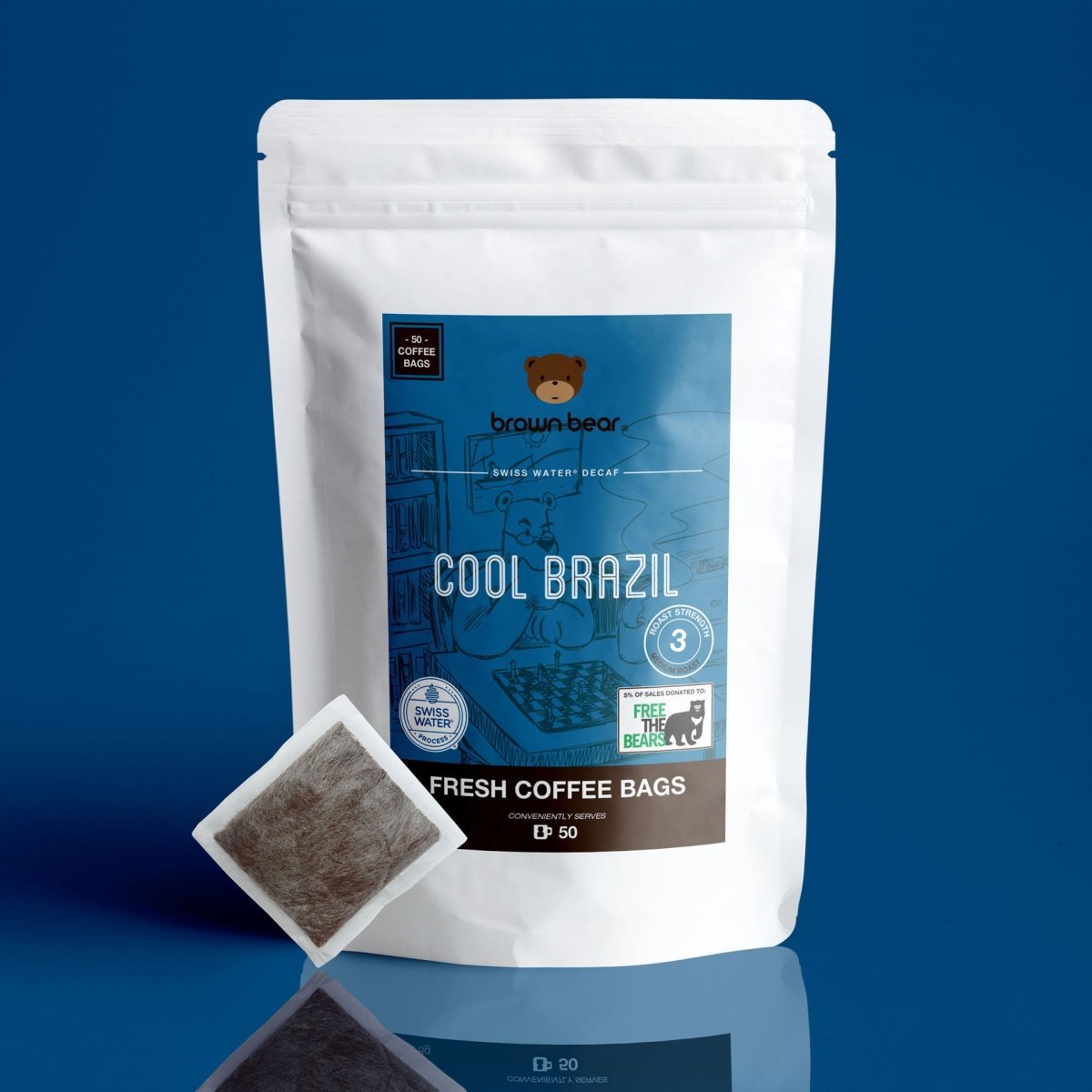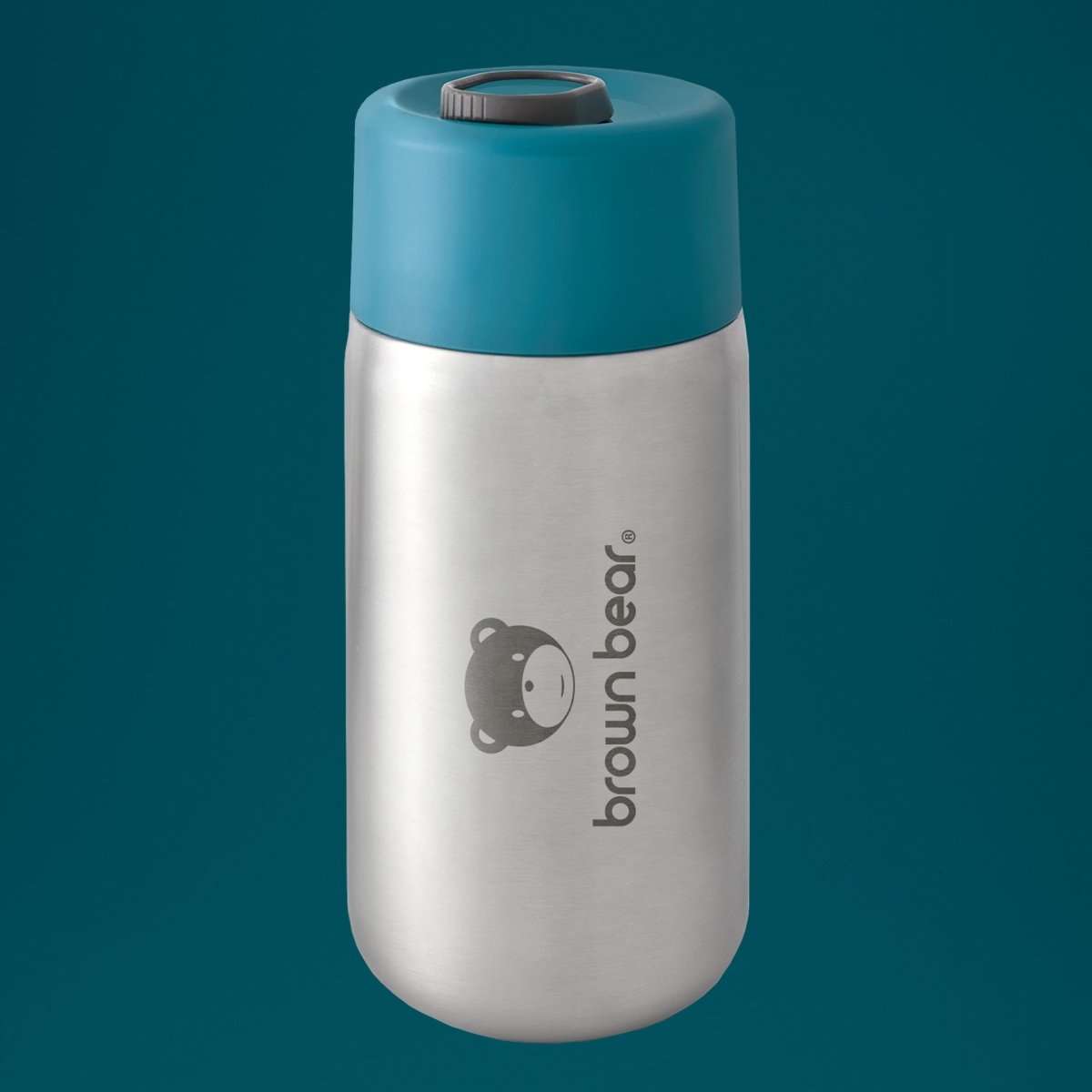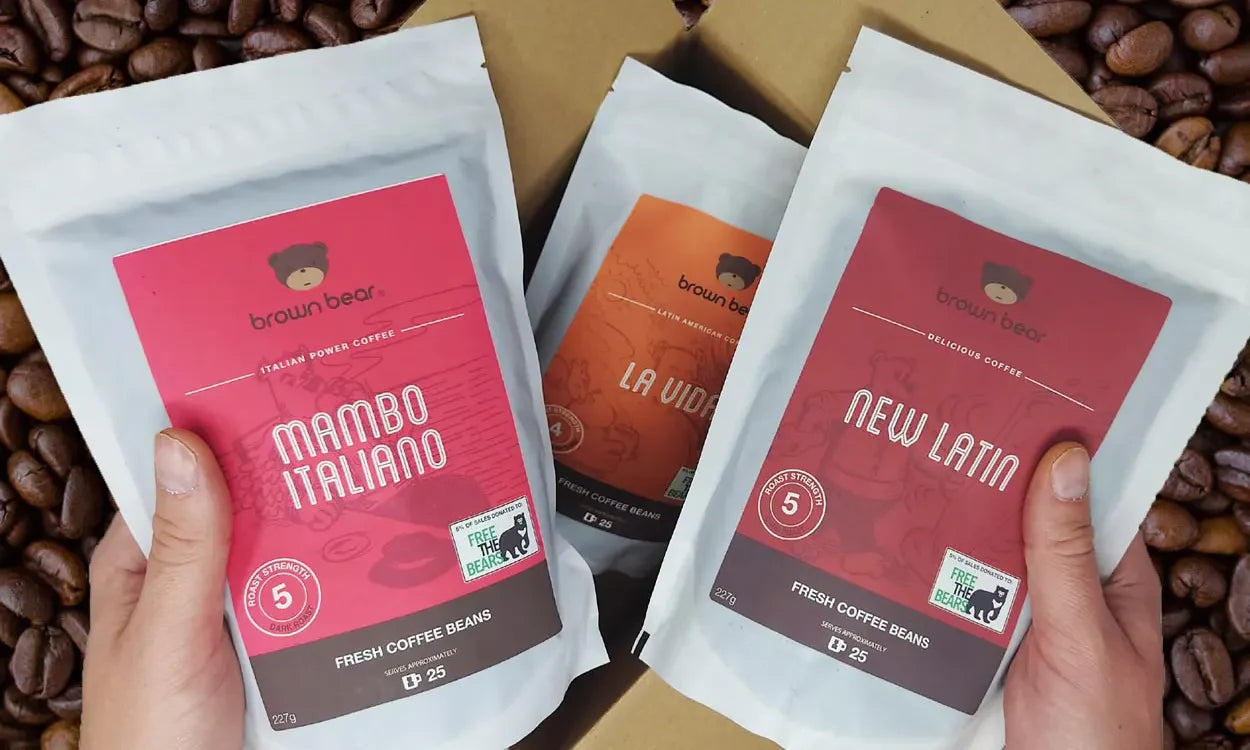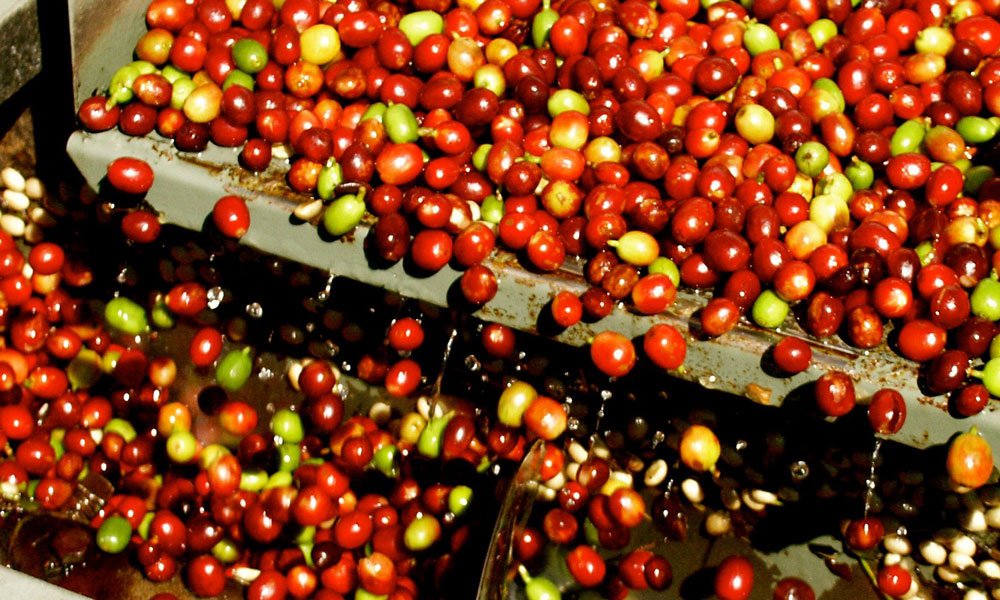How is Coffee Processed?
There are two ways of preparing coffee beans for roasting and the method used has a significant effect on the price, taste and quality of the final coffee beans. There are various methods of coffee processing and a lot of innovation in this sphere to produce unique and exotic coffee taste profiles. The main two methods are called dry Processing and wet processing, but there are other coffee processing methods including semi-washed, pulped naturals, honey processing and others.
Dry Coffee Processing
The dry method of processing coffee is the simplest, cheapest, and most traditional coffee processing method and the original process. First, the harvested cherries are spread over a concrete, brick, or matting surface, ideally in sunlight, and the cherries are raked over at regular intervals to prevent fermentation. If it rains or if the temperature falls, the cherries have to be covered to protect them.
After about four weeks, when the moisture content of each cherry will have fallen to about 12 percent, the cherries are now dry. By now, the outer shell will have become dark brown and brittle, and you can actually hear the beans rattling around inside the husk.
This process requires more skill than is apparent, for it is possible to over-dry the beans and, if that happens, they are more likely to be damaged during the next stage, which is hulling. At the same time, coffee beans that are not sufficiently dry are more susceptible to fungal attack. So, this is a critical stage.
The dried cherries are then stored in silos, during which time the green beans continue to lose moisture.
Wet Coffee Processing
Wet coffee processing process requires greater investment and more care, but it helps to preserve the intrinsic qualities of the bean and causes less damage. The main difference between the two methods is that, in the wet method, the pulp is removed from the bean almost immediately, instead of allowing the cherries to dry first.
The pulp is removed in pulping machine, which crushes the cherries between one fixed and one moving surface or in a machine with adjustable blades. In order to preserve the quality of the beans, pulping has to be done as soon after harvesting as possible, certainly no longer than 24 hours, although before 12 hours have elapsed is ideal. If the beans are left for too long before processing, the pulpy flesh becomes more difficult to separate from the beans, leading to imperfect separation and possible damage to the bean.
The beans, now in their husks, are separated from the skin and pulp, which are washed away with water. The washing channels are designed to separate the lighter, immature beans from the heavier, mature ones. The larger, heavier beans sink through the water first; the lighter beans are carried further along into the tank. The water in this process can be recycled and this system produces high-quality, well-pulped, and uniform-size parchment.
The next stage Is the essential fermentation, which is the separation of the slippery mucilage covering the parchment by the action of enzymes. The beans are stored in fermentation tanks for between 12 and 36 hours, depending on the ambient temperature, the thickness of the layer of mucilage, and the enzymes present. When the process is complete, the parchment surrounding the bean is no longer slimy but has a "pebbly" feel.
Quality control throughout the wet method is essential to prevent a 'stinker" bean developing. Even one bean that has been allowed to rot can ruin a whole consignment. For this reason all the equipment used is cleaned daily to ensure nothing is left before the next batch is processed.
The beans are still in their parchment casing, and after the wet method of processing, these casings contain approximately 50 percent moisture. The parchment has to be dried to about 11 percent moisture, so that the beans can be stored in a stable condition.
This degree of moisture is critical, because if arabica beans are over-dried to 10 percent, they lose their blue-green colour and some quality. Too much moisture, on the other hand, promotes mould and endangers bean quality.
The parchment is then dried by the sun, after spreading the beans on concrete or paved patios or on drying tables or trays, as for the dry method. The beans are turned regularly to ensure that they dry evenly, and the process takes between 12 and 15 days. It is important that the parchment does not crack, so if the sun is too strong, the beans have to be covered. Mechanical dryers are also available and are used on some of the larger plantations or where rain could spoil the drying.
At this stage, the processing is complete and the beans are known as 'parchment coffee." Ideally, they will remain in this form until immediately before export. Because producing countries need to export throughout the year and not just in the three or so months of the harvesting period, the stored parchment coffee remains in an absolutely stable atmosphere.
High humidity is the enemy of coffee and an ambient humidity of 70 percent could easily damage the beans. For this reason, parchment coffee is often not stored on the farms that produced it; although in some areas there may be no alternative. High-grown coffee should be stored at the same or similar altitude as that at which it was grown because it is particularly susceptible to humidity. Arabica beans in this condition should not be stored for more than 12 months; however, robusta coffee beans can be stored for a little longer.
Semi-Washed/Honey Coffee Processing
Semi-washed coffee processing is relatively new and was first used in In Brazil in the 1990s and the Resulting beans are called "pulped naturals" -a term which pretty much describes what the method does. It is a sort of hybrid between the wet and dry methods of processing and involves pulping the cherries (as in the wet method), but then allowing the remaining fruit to dry on the beans (as in the dry method), rather than washing.
The resulting coffee benefits from a transfer of some of the drying fruit into the beans giving increased body and sweetness. This method can also smooth out the earthy notes of some of the traditional natural dry method.
Hulling Coffee
Just before it is exported the coffee will be hulled, which means that the parchment is removed from both arabica and robusta beans and the beans are prepared for sale. It is more difficult to remove the parchment from wet-processed coffee than from dry- processed beans, and different hullers are used.
Polishing Coffee
Any covering silverskin that remains on the beans after hulling is removed by polishing. Most polishing machines work on a similar principle to a friction huller, but instead of steel they have bronze bars, which do less damage to the beans. The bronze also gives the beans an attractive bluish hue. Historically, polished beans were considered superior to unpolished ones, but there is, in fact, little difference in the resulting cup.
Coffee Grading & Sorting
Green coffee beans, as they are now called, are graded first by size and then by density. With two exceptions, all coffee beans are of a fairly uniform size, and with the same proportions: they are flat on one side and half-oval on the other, and they are longer than they are wide. The exceptions are the peaberry, which is more oval in shape; and the elephant bean or Maragogype-a hybrid of arabica, which is naturally larger.
On the whole, the larger beans produce the better coffee. Size is expressed on a scale of 10 to 20, although some national quality grades are equivalent to size-Grade AA, for example. The beans are sized by being passed through a sieve, but at this stage even beans of the same size can have different weights, and damaged and shrivelled beans must be removed.
The best way to separate the unwanted beans from the rest is to use gravity and air. The pneumatic method is done by hand and uses an air jet to separate the heavy beans from the light beans. Alternatively, gravimetric separators hold the beans on elevated trays and air is passed up and through them, causing the heavier beans to fall.
The next stage is to sort the beans to remove the ones with defects: stinkers, blacks, sours, foxes, and any over-fermented or unhulled beans. This is often done by eye and the beans are carried along a belt and the rejects are removed by hand. Other methods include electronic colour sorting, in which high-tech machinery uses light beams to detect defective beans. Increasingly sophisticated sorting machines are able to process beans much faster than any system involving the human eye.
Different countries grade their beans according to different systems. In general, however, there are six standard export grades; the top grade being SHB (strictly hard bean) or SHG (strictly high grown), which indicates that the beans were produced at a minimum altitude of 1,200 meters above sea level. All coffee is cupped - that is, tasted - before it is bought.



